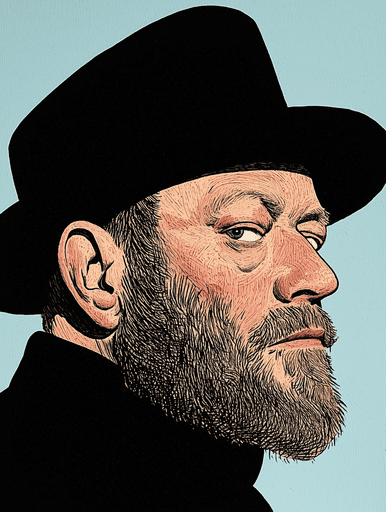How Web3 is Rewiring the Internet and Ownership
Now that we’ve explored smart contracts, Layer 2s, and blockchain's real-world use cases, let’s move into the next frontier: Web3 — the evolution of the internet built on blockchain principles. In this Blockchain 202 guide, we break down how blockchain isn’t just a backend tech but the foundation for a new way to interact, transact, and even exist online.
🌐 What is Web3, Really?
Web3 represents the third era of the internet:
Web1: Static websites (read-only)
Web2: Social platforms (read + write, but centralized)
Web3: Read + write + own
With Web3, users own their data, their digital assets, and sometimes even the platforms themselves (via governance tokens or DAOs).
It’s not just a tech shift — it’s a power shift.
🧬 Web3 Identity: Owning Who You Are
Web2 identities are fragmented across platforms. With Web3, identity becomes portable, secure, and user-controlled — usually anchored to a wallet address.
Emerging solutions:
ENS / Lens / Farcaster: Web3 usernames and social graphs
Soulbound tokens (SBTs): Non-tradeable credentials and achievements
Zero-knowledge proofs: Privacy-preserving ways to verify age, location, etc., without exposing data
Soon, your wallet could be your passport, resume, and reputation — all in one.
🏛️ DAOs: Rewriting How Communities Organize
Decentralized Autonomous Organizations (DAOs) are internet-native groups with no CEOs, just code and community votes.
They manage:
Treasury decisions (e.g., investing, grants)
Governance (changes to protocols, roadmaps)
Community initiatives
Think of DAOs as group chats with bank accounts and bylaws, powered by smart contracts.
🎮 Tokenized Economies and the Ownership Layer
Whether it’s a YouTube-like app where creators own the platform or a game where users own in-game assets, Web3 brings real economic power to participants.
Real-world examples:
Play-to-Earn (P2E) and Create-to-Earn models
Fractional ownership of NFTs, music royalties, or real estate
Community-based funding (e.g., Mirror, Gitcoin)
Tokens aren't just speculative — they represent access, ownership, and influence.
🧩 Web3 + AI + AR: The Convergence
Web3 is intersecting with other frontier tech:
AI models governed and trained by communities (e.g., Bittensor, Gensyn)
AR/VR worlds where assets are NFT-based and cross-platform
IoT + blockchain ensuring transparent, tamper-proof device data
This convergence points toward a future where our digital interactions are decentralized, intelligent, and immersive.
🚧 What Needs to Improve
UX/UI: Wallets, bridges, and dApps still feel clunky to non-devs.
Onboarding: New users are scared of phrases like “seed phrase” and “gas fees.”
Security: Smart contract bugs and phishing remain huge risks.
Regulation: Legal clarity is still evolving across the globe.
Web3 must become invisible to the user, like Wi-Fi or HTTP — seamless but powerful.
Conclusion:
Blockchain 202 is the age of application and integration. We're not just watching blockchains evolve — we're watching the internet itself transform. The next unicorns will likely be Web3-native. And the next generation of users? They won’t just scroll and swipe — they’ll own.
Call-to-Action:
Ready to start building or contributing to Web3? In the next post, we’ll show you how to create your first dApp, explore real job roles in the Web3 space, and how to earn in the decentralized economy — whether you’re a developer, designer, or community manager.


